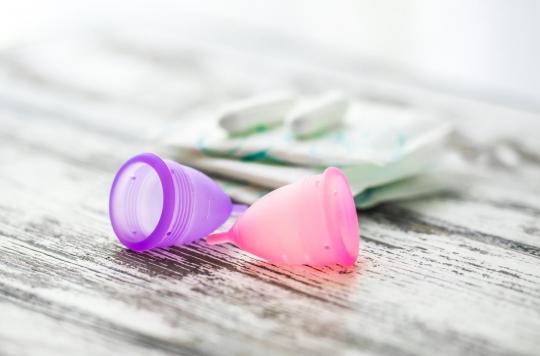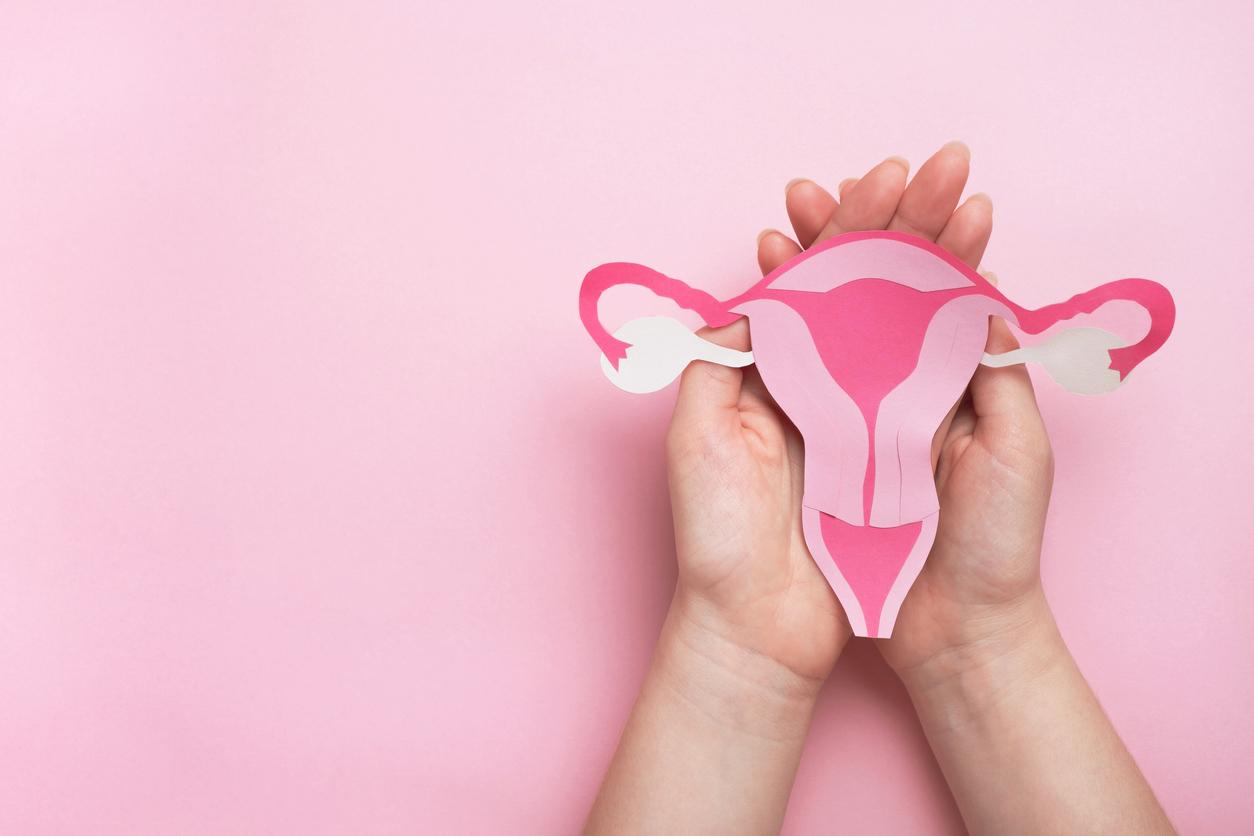While the major brands of feminine hygiene products continue to have to justify themselves on the composition of their pads and tampons, more and more organic intimate hygiene products or products with a low ecological footprint are emerging. Cups, washable towels, menstrual underwear… A quick overview of green alternatives to traditional tampons.

Until ten years ago, women who had their period had little choice on the intimate hygiene products available to them. Whether they buy them in supermarkets or in pharmacies, almost all were from the same large industrial groups, which still maintain the opacity around their manufacture and their components, sometimes even with the approval of health authorities.
But in recent years, women have had more choice in their intimate protection. Whether it’s menstrual cups, washable pads or organic cotton tampons, all are more environmentally friendly.
Tampons, a considerable ecological impact
And that’s good, because traditional tampons are not good for our planet. On average, a woman uses 11,000 tampons in her lifetime. In terms of pollution, they have a considerable impact: according to a classification of plastic waste Established in 2016 by the NGO Surfrider, tampon applicators are among the ten plastic waste most frequently found in the oceans. Towels also have an ecological footprint. From the book Flow: The Cultural History of Menstruation, (Flux: the cultural history of menstruation), an average woman throws in the trash, and in her lifetime, between 100 and 150 kg of “towels, tampons and applicators”.
Healthier products
If women are turning more and more to these alternative intimate hygiene products, it is also because they are more respectful of women’s health. At a time when the major brands of feminine hygiene products continue to have to justify themselves on the composition of their products and are regularly implicated in cases of toxic shock syndrome, these new protections appear to be safer for whom wants to take care of his intimate health while limiting his ecological footprint.
The menstrual cup
The menstrual cup or “cup” is a reusable hygienic protection. Resembling a small silicone funnel, it positions itself in the vagina to collect the menstrual flow. Ecological and economical – it can be kept for years – the menstrual cup also has the advantage of not drying out the vaginal flora.
Be careful, however, not to keep it too long. It must be emptied every 8 hours maximum and be washed carefully before being reinserted. As with tampons, the cup does not in fact protect against toxic shock syndrome.
There are many brands of menstrual cups: Naturcup, Claricup, Miü, So’Cup, Divacup, Mooncup, Ladycup, Meluna, Dans Ma Culotte…
Organic tampons
Less ecological than menstrual cups, organic tampons have the great advantage of clearly displaying their composition. Without toxic products, those marketed in France are generally made of organic cotton certified by the independent label GOTS (Global Organic Textile Standard).
Like conventional tampons, they need to be changed every 4 to 8 hours depending on the flow. It is also not recommended to wear them at night.
Several French brands offer organic tampons for sale. This is the case with Dans Ma Culotte, My Holy, Natracare or Jho.
Washable sanitary napkins
Often made in organic cotton in flashy prints, washable sanitary napkins are also ecological: just put them in the washing machine after use. Soft and breathable, they are recommended for those who suffer from irritation.
The brands Plim and Dans Ma Culotte offer washable sanitary napkins. Their different sizes and shapes adapt to all body types and all flows.
Period panties
Still unheard of among French brands, period panties are already well known in the United States and Australia, since brands such as Thinx and Modibodi market them. The principle of these special period panties? These are underwear that absorb blood without staining or leaking and are machine washable. Here again, no waste polluting the oceans.

.
















